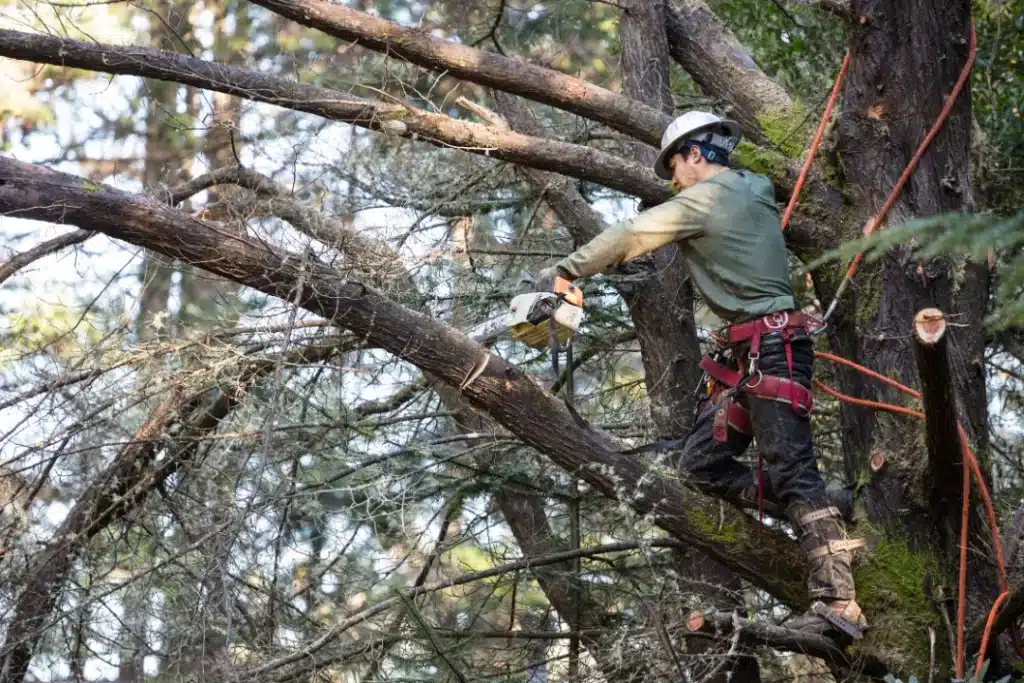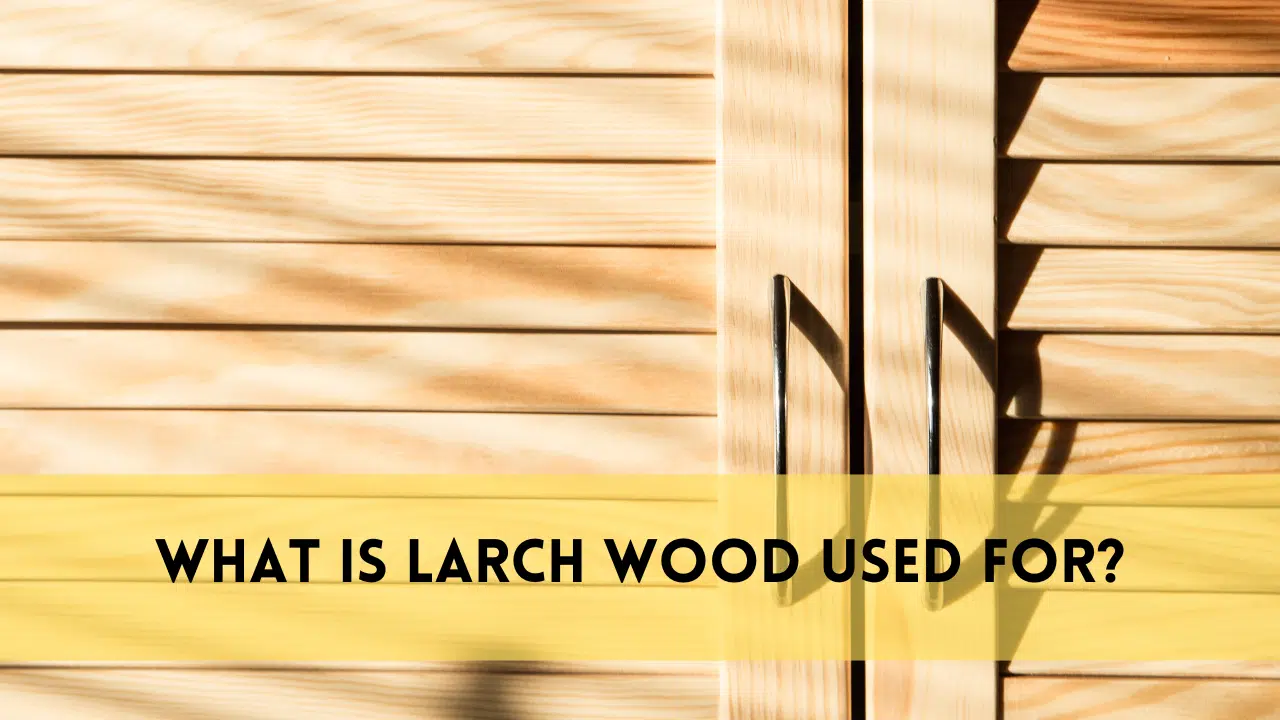Begin your adventure into Expert Montgomery tree and stump removal, where professional insights meet practical advice. This thorough guide navigates the complex world of tree removal services, stressing skill as well as environmental awareness.
Discover vital hints, personal accounts, and FAQs that have been thoroughly collected to improve your understanding of efficient and responsible tree and stump removal procedures. Investigate the landscape-altering potential of TreeRemovalMontgomeryTX services while learning about the critical factors influencing optimal tree and stump removal.
Understanding Montgomery Tree and Stump Removal
Understanding Montgomery tree and stump removal is a complex operation that is critical for landscape upkeep and safety. Strategic planning, accuracy, and adherence to laws are all part of this discipline. To guarantee safe and efficient tree and stump removal, numerous aspects such as tree type, size, and position must be evaluated.
This procedure is governed by professionalism and adherence to local rules, emphasizing the need of using trained arborists and following safety protocols. Environmental awareness is critical in encouraging the use of environmentally appropriate disposal options for tree waste.
Furthermore, being aware of potential dangers and obtaining relevant licenses are essential conditions, emphasizing the need of thorough preparation and implementation. Montgomery tree and stump removal expertise not only improves landscape aesthetics but also assures environmental sustainability and safety for all parties involved.
Montgomery Tree removal Process
Tools and material:
Tools utilized for tree removal vary based on the tree’s size, location, and condition. Here are essential tools commonly used in tree removal processes:
Chainsaw: A primary tool for cutting trees, available in various sizes for different tree diameters.
Pruning Saw: Ideal for smaller branches and precise cutting in tighter spaces.
Loppers: Used to trim thicker branches that are out of reach for conventional pruners.
Handsaw: Efficient for cutting smaller branches and limbs.
Axe or Hatchet: Helps in chopping wood and cutting smaller trees or limbs.
Felling Wedges: Assist in controlling the tree’s falling direction by creating a precise cut.
Tree Felling Lever: A tool to guide the tree’s fall direction by applying pressure.
Safety Gear: Includes helmets, gloves, protective eyewear, and chainsaw chaps for safety during the removal process.
Step by Step Guide on How to Remove Trees
Consider the size, condition, and surrounds of the tree. Determine the fall’s trajectory and probable barriers.
Wear protective equipment such as helmets, gloves, eye protection, and chainsaw chaps. To provide a safe workstation, clear the area surrounding the tree. Create a horizontal notch on the side of the tree facing the chosen falling direction. This notch directs the fall of the tree.
Create a back cut just above the bottom cut on the opposite side of the notch. This cut should be parallel to, but somewhat higher than, the notch. The tree begins to tilt and fall in the desired direction as the back cut develops. Maintain a clear escape path and keep an eye on the tree’s movement at all times.
After the tree has been felled, consider removing the stump using a stump grinder or chemical stump remover. Clear the area of all garbage, branches, and logs. Recycle or repurpose tree components as needed.
To ensure the safety and effective removal of huge, difficult, or hazardous trees, consult with qualified arborists or tree removal experts. Following these procedures with care and competence is critical for successful tree removal while emphasizing worker and environmental safety.
Stump Removal Method
Chemical Stump Remover: Drill many holes in the stump’s top and sides. Pour the chemical stump remover into the holes according to the manufacturer’s directions. This hastens disintegration over several weeks.
Manual Removal: Cut the stump as near to the ground as possible using a chainsaw or a stump grinder. Then, using a mattock, shovel, or digging bar, scrape dirt around the stump’s circumference, exposing the roots. Cut and remove the roots using loppers or an axe. Forcefully remove the stump.
Stump Grinding: Rent a stump grinder or employ a professional to grind the stump. The machine grinds the stump into wood chips, allowing for simpler disposal or decomposition.
Burning the Stump (With Caution): Fill the holes in the stump with potassium nitrate. After a few weeks, light the stump and watch it slowly burn. To maintain safety, keep an eye on the fire.
Decomposition by Nature: Keep the stump wet by covering it with compost or dirt. Bacteria, fungus, and other decomposers gradually break down the stump over time.
Service for Stump Removal: Consider employing expert stump removal services for complex or huge stumps that require specialized equipment for fast and safe removal.
Choose a technique based on the size of the stump, the equipment available, and the desired schedule for removal. For successful and safe stump removal, always emphasize safety and carefully follow instructions.
Factors Impacting Tree and Stump Removal Cost
The cost of tree and stump removal is influenced by a number of factors, including:
Larger and more mature trees sometimes need more personnel, equipment, and experience, resulting in greater removal expenses. Furthermore, tree species with tougher wood or more intricate root systems may suffer higher costs.
Trees located near buildings, electrical lines, or other structures may need specialized equipment or extra care, which may increase removal expenses. Accessibility concerns influencing equipment transportation might also have an impact on price.
Larger or deeper stumps need more labor and time to remove, thereby raising the total cost. Pricing can also be influenced by complex stump forms or vast root systems. When opposed to separate removals, removing numerous trees or stumps in a single session generally leads in cost savings per tree or stump.
Additional services like as debris removal, stump grinding, or site cleanup may incur additional fees, impacting the overall cost of removal. Obtaining the proper licenses for tree removal, particularly in controlled regions, can increase administrative expenditures.
Understanding these aspects aids in estimating the entire costs of tree and stump removal, allowing for more educated decisions and budgeting. Consulting with specialists yields precise cost estimates based on unique removal requirements and situations.
FAQs
How much does tree and stump removal in Montgomery cost?
Costs range from a few hundred to many thousand dollars depending on criteria such as tree size, location, and intricacy.
Can I remove a tree on my own?
Due to the hazards associated with tree removal, it is best to contact specialists for safety reasons, especially for bigger trees or those near structures.
How long does it take to remove a stump?
The length of stump removal is determined on the size, depth, and technique of removal used. It might last anywhere from a few hours to many days.
Are there any tree removal rules in Montgomery?
Local policies and regulations may demand permits or limit tree removal. For compliance, consult with local authorities or arborists.
When is the ideal time to get a tree removed in Montgomery?
While tree removal is feasible all year, certain seasons, such as late fall or winter, may provide reduced prices owing to lesser demand.
Conclusion
Montgomery tree and stump removal takes careful planning, safety precautions, and professional experience. By following rules, engaging trained specialists, and knowing associated expenses, you can assure a safe and secure removal procedure that improves both safety and landscape aesthetics.





